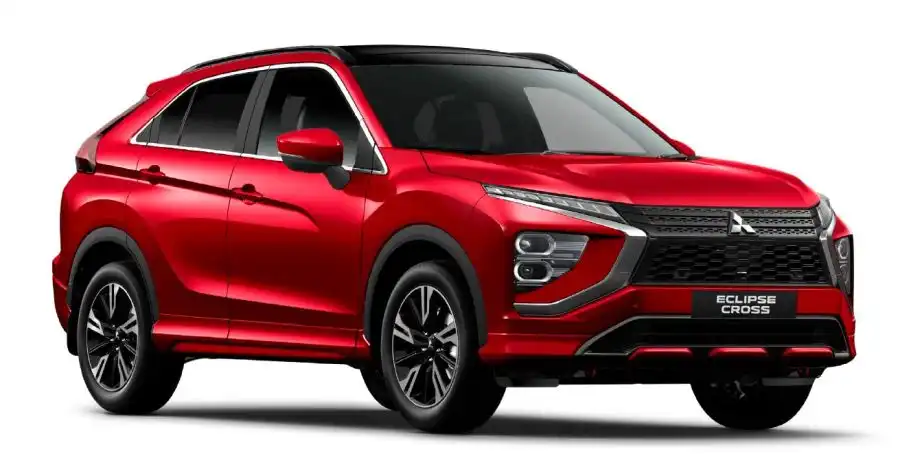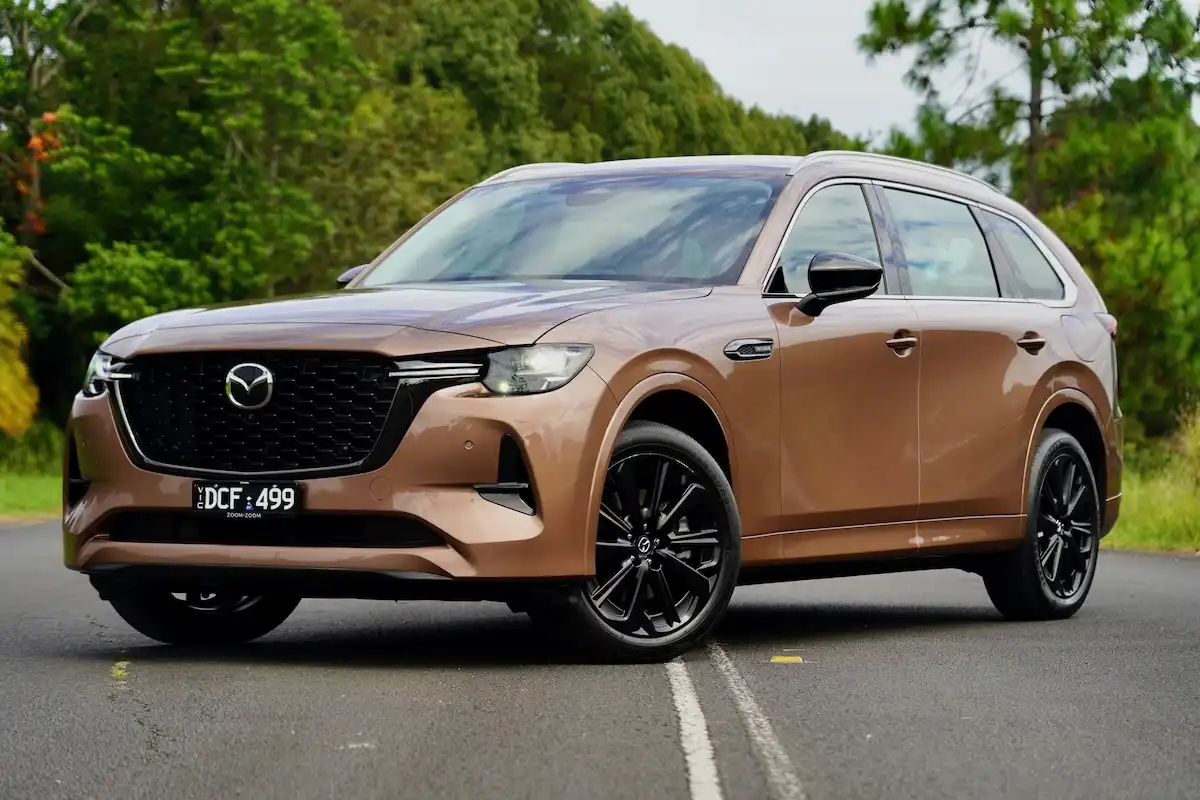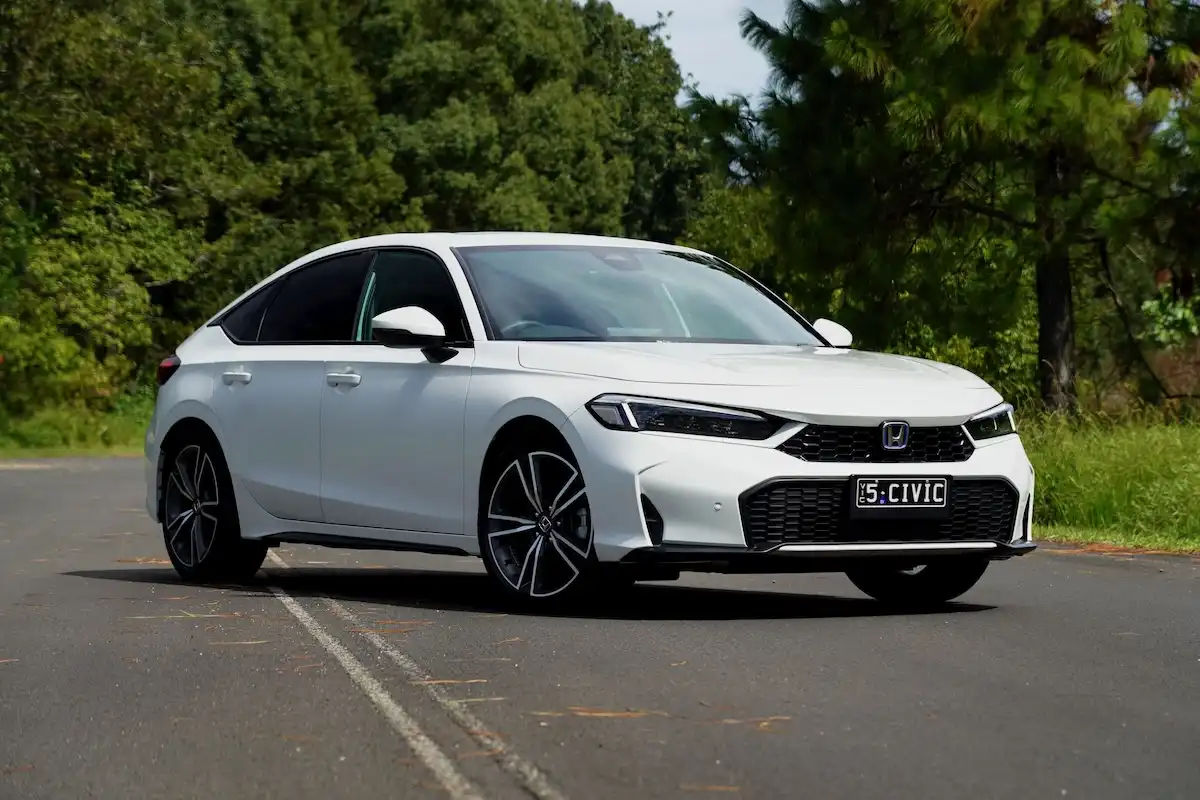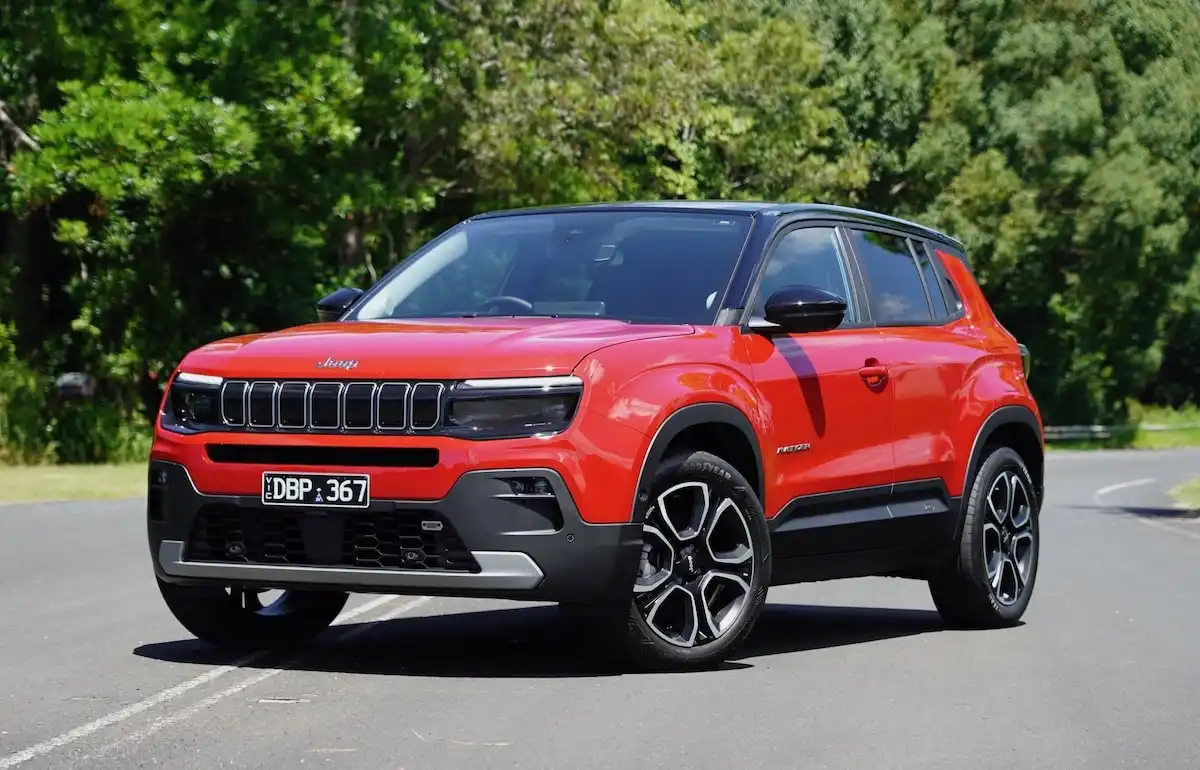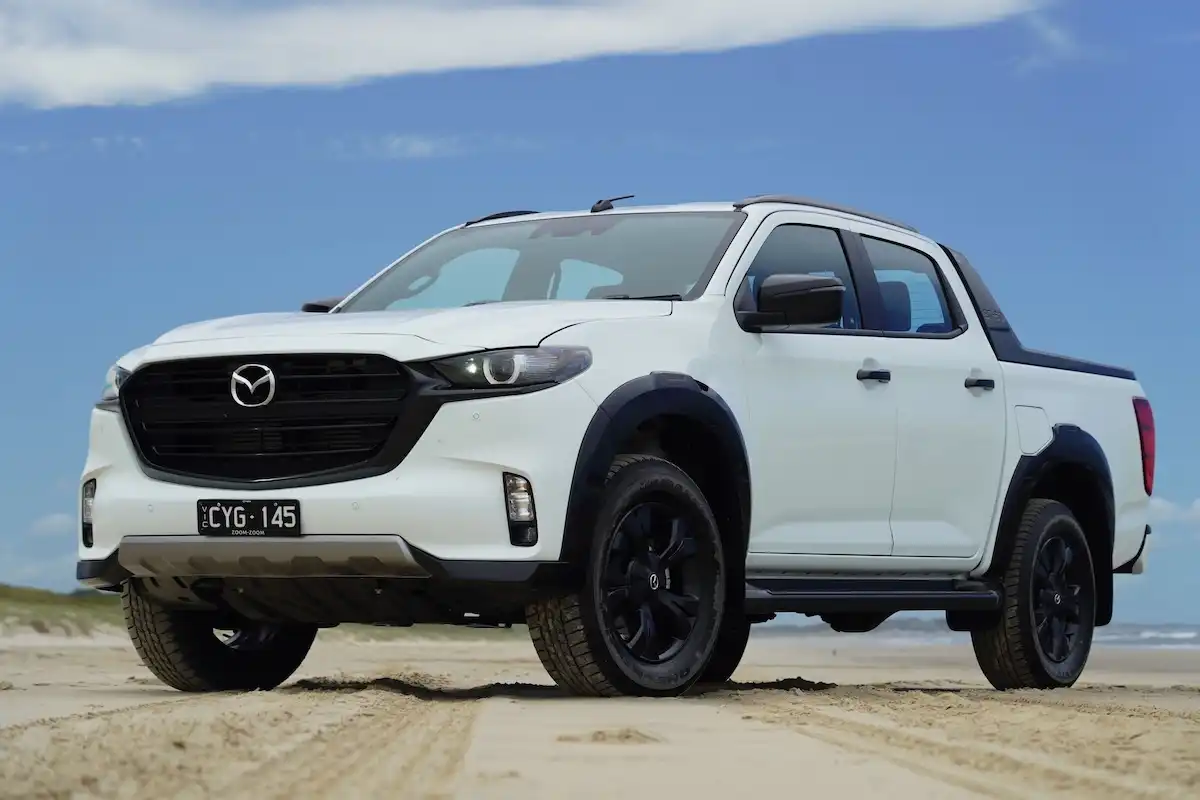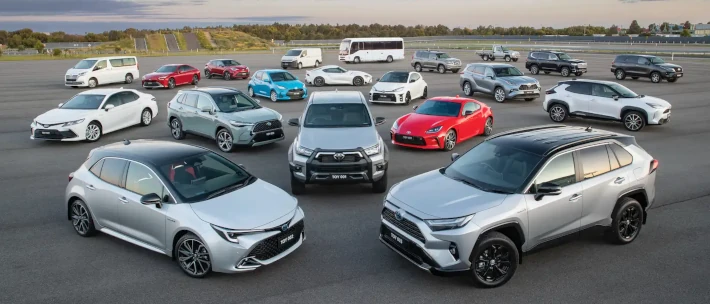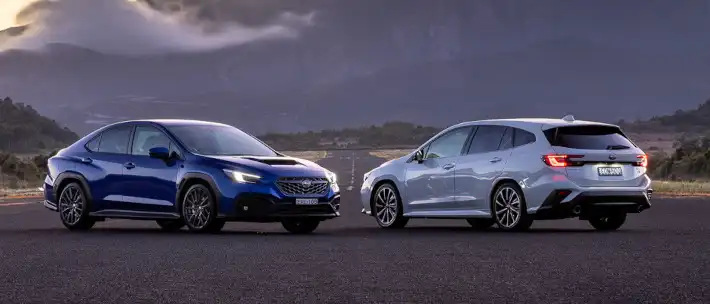As the number of competitors in the world of compact SUVs grows, it can be difficult for cars like the Mitsubishi Eclipse Cross to establish a foothold in the massively-competitive segment.
Where the Eclipse Cross differs from its rivals, though, is the sheer amount of variety within the range, offering a mix of petrol and plug-in hybrid variants across a number of price points.
Going up against cars like the Peugeot 3008, Ford Puma, Peugeot 3008 and Hyundai Kona is no easy feat, though, so just how good is the latest Eclipse Cross and how does it stack up as a value proposition? Let’s find out.
Starting Price: $31,490
OnlineAuto Savings: Enquire now
Mitsubishi Eclipse Cross (EXCEED PHEV) Specifications
| Model Date | 2022 |
| Make | MITSUBISHI |
| Model | ECLIPSE CROSS |
| Series | YB MY22 |
| Variant | EXCEED PHEV |
| Body | 4D WAGON |
| Fuel type | UNLEADED PETROL/ELECTRIC |
| Transmission | 1 SP AUTOMATIC |
| Drive | AWD |
| Engine | MPFI |
| Engine capacity | 2360 |
| Engine configuration | DUAL OVERHEAD CAM / 16 valves |
| Engine RPM | 4500 / 4500 |
| Cylinders | 4 |
| Torque | 199 |
| KW | 94 |
| Fuel tank size | 45.0 |
| Fuel usage specs | 1.9 / 0.0 |
| CO2 | 43 |
| ANCAP security rating | 5 |
For more details and other variants, check Mitsubishi Eclipse Cross car page.
Need help narrowing down your choices?
Get in touch with one of our Car Buying Specialists today
Request a quoteHow Much Does It Cost?
The Mitsubishi Eclipse Cross lineup kicks off from $31,490 for the entry-level ES variant, with prices rising to $33,490 for the LS variant and up to $35,990 for the LS AWD.
Stepping up to the Eclipse Cross Aspire brings the price tag to $36,490, while the Exceed and Exceed AWD are priced at $39,490 and $41,990 respectively.
For those looking for a plug-in hybrid (PHEV), the Eclipse Cross ES PHEV is priced at $46,990, while the Aspire PEHV and Exceed PHEV variants are priced at $50,490 and $54,490 respectively.
Keep in mind that these prices are subject to change, and do not include on-road costs.
How Much Can OnlineAuto Save You?
Using OnlineAuto’s car purchasing service, take advantage of the expertise of one of our car specialists to assist you in finding the best value model for you.
What Features Does the Mitsubishi Eclipse Cross Have?
Mitsubishi’s entry-level Eclipse Cross ES comes riding on 18-inch alloys, and receives LED daytime running lamps, cruise control, paddle shifters, a reversing camera and an 8.0-inch infotainment system with Android Auto and Apple CarPlay.
The ES PHEV receives a leather steering wheel, electric parking brake, keyless entry & start as well as lane departure warnings as standard.
Opting for the Eclipse Cross LS adds rear parking sensors, automatic headlights, LED fog lights, rear privacy glass, power-folding mirrors, and an upgraded six-speaker sound system.
Next, the move to the Eclipse Cross Aspire variant adds adaptive cruise control, front parking sensors, a surround-view camera, dual-zone climate control, microsuede upholstery, blind-spot monitoring, and rear cross-traffic alerts, while the Aspire PHEV receives LED headlights.
Finally, the range-topping Eclipse Cross Exceed variant gains LED headlights, a heated steering wheel, panoramic sunroof, leather upholstery, heated rear seats, and a satellite navigation upgrade.
Range Features:
-
18-inch alloys
-
Cruise control
-
LED daytime running lamps
-
Reversing camera
-
8.0-inch infotainment system with Apple CarPlay & Android Auto
-
LED fog lights (LS)
-
Rear parking sensors (LS)
-
Six-speaker sound system (LS)
-
Adaptive cruise control (Aspire)
-
Front parking sensors (Aspire)
-
Surround-view camera (Aspire)
-
Dual-zone climate control (Aspire)
-
Heated front seats (Aspire)
-
Microsuede/leatherette interior upholstery (Aspire)
-
Leather upholstery (Exceed)
-
LED headlights (Exceed)
-
Head-up display (Exceed)
-
Panoramic sunroof (Exceed)
-
Heated rear seats (Exceed)
Mitsubishi Eclipse Cross Colours
The Mitsubishi Eclipse Cross is available in a choice of six colours, including Titanium, Lightning Blue, White Diamond, Red Diamond, and Sterling Silver.
Is it Comfortable to Drive?
First impressions of Eclipse Cross’ platform centre on just how perfectly suited it is as an urban runaround for couples and growing Australian families, offering a comfortable and user-friendly driving experience that makes commutes a more relaxing affair.
Power for the majority of the range comes via a 1.5-litre turbocharged four-cylinder petrol producing 110kW of power and 250Nm of torque, with power sent to the wheels via a CVT automatic.
This transmission makes the driving experience particularly simple, and while some buyers are skeptical of the CVT experience, it provides an undeniably simple driving experience that a growing number of buyers are looking for.
Opting for the Eclipse Cross plug-in hybrid (PHEV) pairs a 2.4-litre naturally-aspirated petrol producing 94kW of power and 199Nm of torque, paired with a pair of electric motors producing a combined 130kW/332Nm of torque.
This PHEV powertrain makes for an impressive driving experience that feels stable at speed thanks to the all-wheel drive system while offering an all-electric driving range of 55km.
Regardless of the variant, the driving experience on offer in the entirety of the Eclipse Cross lineup is remarkably simple, comfortable and user-friendly, making for a great all-rounder for daily driving and holiday road trips alike.
The suspension is adaptable on both smooth city streets, highway driving and some of the rougher surfaces you’ll find on country B-roads, while the steering is remarkably lightweight, making parking and low-speed turns a simple task.
While the base models might not feel quite as refined as some of their peers, overall, the Eclipse Cross platform is incredibly competitive and meets our expectations for how a crossover SUV should feel and behave on the road.
Is it Practical and Spacious?
While crossover SUVs are often limited in terms of space and practicality, Mitsubishi has done a great job in the interior design and packaging of the Eclipse Cross’ interior.
The design itself isn’t remarkable in the base models, while higher-spec variants gain a leather upholstery for the straightforward and user-friendly cabin.
Up front, the driver and front passenger have access to a spacious cabin with a heap of visibility out of the windscreen, with no issues to report in terms of headroom or steering adjustment.
The transmission tunnel offers up a pair of cupholders and storage inside the folding arm rest, while there’s a small storage tray behind the gear lever for loose items and smartphones.
For the segment, the Eclipse Cross offers a decent amount of space for a compact SUV, although headroom can be limited for tall drivers. There is, however, an impressive amount of legroom for the segment and the limited space won’t prove much of a problem until fully-grown adults are seated in the second row.
Having said that, the rear bench seats are comfortable and receive a folding arm rest for long journeys, and are able to recline so kids can get comfortable on road trips. The second row receives a pair of ISOFIX anchors on either side of the cabin, as well as top tether mounts to accommodate a wide range of child seats.
Finally, the Eclipse Cross has a boot measuring in at 405L in the petrol lineup, which expands to 1,149L with the rear seats folded, while the PHEV lineup is rated at 359L, expanding to 626L with the rear seats folded.
Is it Safe?
The Mitsubishi Eclipse Cross range has been awarded ANCAP’s maximum five-star safety rating, scoring 97% for adult protection, 78% for child protection, 80% for pedestrian protection and 58% for its safety assist technologies.
As standard, all Eclipse Cross variants come fitted with autonomous emergency braking with forward-collision alerts, a rearview camera, cruise control and curtain airbags around the cabin.
Unfortunately, you’ll need to upgrade to the Aspire and Exceed variants if you’re looking for blind-spot monitoring, rear cross-traffic alerts, and lane departure alerts.
Is it Fuel Efficient?
The Mitsubishi Eclipse Cross range offers up fuel economy figures between 7.3L/100km for front-wheel drive variants, while all-wheel drive variants are rated at 7.7L per 100km on a combined cycle.
Opting for the plug-in hybrid reduces your fuel economy figures to 1.9L/100km, so long as there is charge in the battery pack, which can be fast-charged to 80% in around 25-minutes with the help of a DC charger.
Our Verdict: Is the Eclipse Cross Worth it?
Mitsubishi’s Eclipse Cross is a great little crossover SUV for those looking for an affordable, comfortable, and well-equipped daily driver, with a lineup that offers a heap of variety across different price points.
We’d argue that the plug-in hybrid represents the best powertrain of the bunch, however, if you’re limited on budget, the petrol-powered Aspire offers a generous features list at an attractive price point.
Regardless of the variant, the Eclipse Cross range comes packaged with Mitsubishi’s industry-leading warranty coverage that offers buyers a heap of confidence over time.
On that note, if you’re in the market for a new car, you can get a free quote and see how much OnlineAuto can save you on your next car, or call us on 1300 719 925
Five Specs You Need to Know
-
Five-year/100,000km warranty as standard
-
Extends to 10-year/200,000km if serviced within Mitsubishi’s network
-
Five-star ANCAP safety rating
-
Fuel economy of 7.3L/100km drops to 1.9L/100km PHEV
-
55km all-electric driving range in Eclipse Cross PHEV
Pros
-
Smooth, comfortable driving dynamics
-
Simple, user-friendly platform for town driving
-
Impressive fuel economy for plug-in hybrid variant
-
Big cabin for the class
Cons
-
Some key safety features are reserved for higher-spec variants
-
Significant blindspots in rear three-quarter view
-
Dated infotainment system
Mitsubishi Eclipse Cross Competition
Mitsubishi Eclipse Cross |
VS |
Hyundai Kona |
| Skoda Karoq | ||
| Toyota C-HR | ||
| Peugeot 3008 | ||
| Ford Puma |
